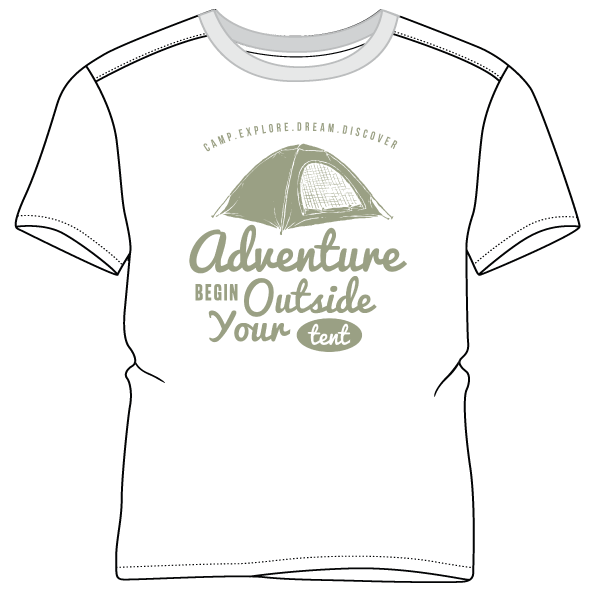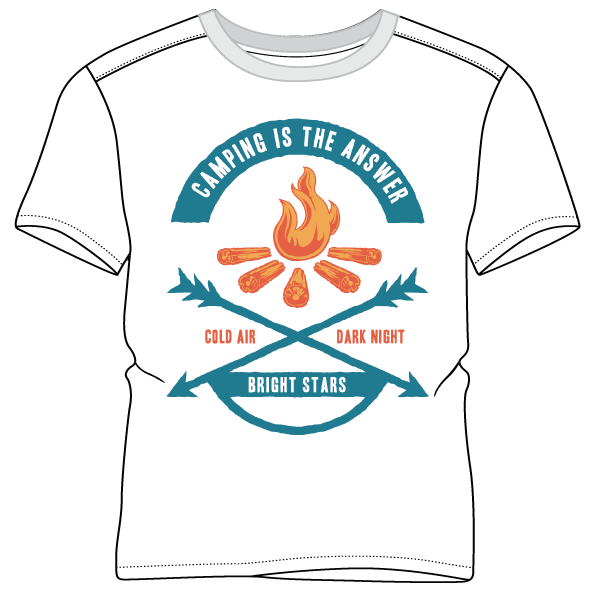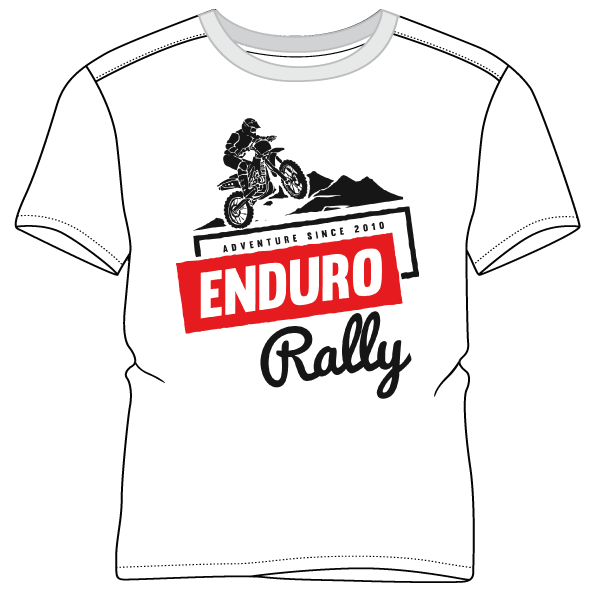Table of contents
Tshirt logo printing has become one of the most popular and accessible ways for individuals, businesses, and organizations to express creativity, promote brands, or commemorate special events. Whether you’re starting a clothing line, designing shirts for a team, or creating personalized gifts, learning the basics of tshirt logo printing can open the door to endless design possibilities. In this complete guide for beginners, we’ll walk you through every step of the process — from concept to finished product — in a simple, informative, and practical way.
What Is TShirt Logo Printing?
At its core, tshirt logo printing is the process of applying a custom design, logo, or image onto a t-shirt using various printing techniques. These designs can range from a simple one-color logo to a full-color graphic or even photo-realistic artwork.
Businesses use tshirt logo printing to promote their brands, while individuals use it to express personality, humor, or support for causes. The versatility of t-shirt printing makes it suitable for nearly any purpose — marketing, uniforms, gifts, or personal style.

Why TShirt Logo Printing Is So Popular
There are several reasons tshirt logo printing has exploded in popularity over the years:
- Affordability: Advances in printing technology have made it cheaper and easier for anyone to print custom designs, even in small quantities.
- Creativity: The ability to design your own shirts allows for unlimited creativity — you can print anything you imagine.
- Marketing Power: For businesses, tshirt logo printing is a cost-effective marketing tool. A custom shirt acts like a walking advertisement.
- Identity and Belonging: Whether it’s for a school, club, or event, matching t-shirts create a sense of unity and identity.
- Easy Accessibility: Online printing services now make it incredibly simple to upload a logo, choose a shirt, and get it delivered within days.
The Different Types of Tshirt Logo Printing Methods
Understanding the main tshirt logo printing methods is key to choosing the best one for your project. Each technique offers unique advantages depending on your design, budget, and purpose.
1. Screen Printing
Screen printing is one of the oldest and most reliable tshirt logo printing methods. It uses a stencil (or “screen”) to apply layers of ink onto the fabric.
Pros:
- Vibrant colors and long-lasting prints
- Great for bulk orders
- Works well on cotton fabrics
Cons:
- Not ideal for small batches
- Limited in color variety per design
2. Direct-to-Garment (DTG) Printing
DTG uses inkjet technology to print designs directly onto the shirt.
Pros:
- Perfect for complex, multi-colored logos
- Soft finish that feels part of the fabric
- Ideal for small orders
Cons:
- Works best on 100% cotton shirts
- Can be slower for large batches
3. Heat Transfer Printing
This tshirt logo printing method involves printing the design on a transfer paper and then heat-pressing it onto the fabric.
Pros:
- Great for vibrant, full-color designs
- Easy to use for DIY projects
- Works on different fabric types
Cons:
- Less durable than screen printing
- May crack or peel after many washes
4. Vinyl Cutting
Vinyl printing involves cutting your logo from colored vinyl sheets and heat-pressing them onto the shirt.
Pros:
- Crisp, clean designs
- Ideal for lettering and numbers
- Excellent durability
Cons:
- Limited in design complexity
- Time-consuming for large orders
5. Sublimation Printing
Sublimation uses heat to transfer dye directly into synthetic fabrics.
Pros:
- No fading, peeling, or cracking
- Bright, long-lasting colors
- Ideal for polyester shirts
Cons:
- Not suitable for cotton
- Works best on light-colored garments

Choosing the Right Method for Your Tshirt Logo Printing Project
Selecting the right tshirt logo printing technique depends on your goals. Ask yourself these questions before deciding:
- How many shirts do you need?
- For bulk orders, go with screen printing.
- For small batches or one-offs, DTG or heat transfer is better.
- What type of design are you printing?
- For detailed, colorful designs, choose DTG.
- For bold, simple logos, screen printing or vinyl works great.
- What’s your budget?
- Screen printing becomes cost-effective in large quantities.
- DTG and heat transfers are better for low-budget, small runs.
- What fabric are you using?
- Cotton suits DTG and screen printing.
- Polyester and blends suit sublimation.
By matching your design, quantity, and material, you’ll get the best results from your tshirt logo printing project.
How to Design Your Perfect TShirt Logo
Design is the most exciting part of tshirt logo printing — it’s where your creativity shines. Here’s how to craft a logo that looks great both on-screen and on fabric.
1. Keep It Simple
Simple designs tend to look more professional and are easier to print. Avoid overly detailed graphics that can blur or lose clarity.
2. Use High-Quality Images
Always use vector graphics or high-resolution images (at least 300 DPI). This ensures crisp, clean prints.
3. Choose Colors Wisely
Contrast matters. A dark logo on a light shirt (or vice versa) makes your design stand out. Also, check how your colors appear under print versus digital display.
4. Consider Placement
The most common placements for tshirt logo printing are:
- Center chest
- Left chest pocket area
- Back (shoulder area)
- Sleeves
Experiment to find what complements your logo best.
5. Test Before Printing in Bulk
Always print a sample first to verify colors, alignment, and size. This step saves time and money by avoiding large-scale mistakes.

The Tshirt Logo Printing Process Step-by-Step
Here’s a simplified breakdown of how most tshirt logo printing projects go from concept to completion:
- Create Your Design: Use design software (like Canva, Adobe Illustrator, or Photoshop).
- Choose Your Shirt Type: Consider material, color, and fit.
- Select Printing Method: Match your design and quantity to the right technique.
- Prepare the Artwork: Ensure your file is print-ready — correct size, color mode (CMYK), and resolution.
- Print a Test Sample: Always review a proof before finalizing.
- Print Your Batch: Once approved, proceed with the full order.
- Quality Check: Inspect for misprints, ink smudges, or placement errors.
- Packaging and Delivery: Fold, bag, and label your shirts for a professional finish.
Following these steps ensures your tshirt logo printing project runs smoothly and produces high-quality results every time.
Common Mistakes to Avoid in Tshirt Logo Printing
Even with the best intentions, beginners can make a few common errors in tshirt logo printing. Here’s what to watch out for:
- Low-Resolution Images: Pixelated logos print poorly.
- Ignoring Fabric Type: The wrong fabric can ruin your print quality.
- Overcomplicating Designs: Busy graphics don’t always translate well onto fabric.
- Skipping Test Prints: Always verify colors and sizing before printing in bulk.
- Wrong Placement: Even a small alignment mistake can throw off the design’s appeal.
Avoiding these pitfalls helps ensure your final shirts look professional and polished.
Tips for Successful Tshirt Logo Printing Projects
To get the most from your tshirt logo printing experience, keep these pro tips in mind:
- Work with Reputable Printers: Whether local or online, choose providers with good reviews and customer service.
- Experiment with Materials: Cotton, blends, and performance fabrics each yield different print results.
- Order Extra Shirts: Always print a few spares to cover potential errors or future needs.
- Maintain Consistency: If you’re printing for a brand, use the same logo size, color, and position every time.
- Take Care of Printed Shirts: Wash inside-out with mild detergent and cold water to extend print life.
How Much Does Tshirt Logo Printing Cost?
The cost of tshirt logo printing varies based on several factors:
- Quantity: Larger orders lower the per-unit cost.
- Printing Method: Screen printing is economical in bulk, while DTG suits small runs.
- Design Complexity: Multi-color designs typically cost more.
- Fabric Quality: Premium shirts raise the overall price.
On average:
- Basic one-color screen-printed shirts cost $6–$10 each in bulk.
- DTG prints may range from $12–$25 for one-off designs.
- Vinyl or heat transfers typically fall between $10–$20 per shirt.
Always request a quote before ordering to manage your budget effectively.
Eco-Friendly Tshirt Logo Printing Options
Sustainability is becoming a growing concern in the apparel industry. Fortunately, there are eco-conscious options for tshirt logo printing:
- Water-Based Inks: These are free from harmful chemicals and produce soft, eco-friendly prints.
- Organic Cotton Shirts: Made without pesticides or harsh dyes.
- Recycled Polyester: A great option for sublimation printing.
- Local Production: Reduces shipping emissions and supports community businesses.
Choosing environmentally friendly materials and methods shows your commitment to quality and responsibility.
Top 10 Tee Printing Techniques: From Screen Printing to Direct-to-Garment (DTG)
Where to Get Started with Tshirt Logo Printing
If you’re new to tshirt logo printing, here’s how to begin:
- Design Your Logo: Use free tools like Canva or hire a designer.
- Find a Printing Service: Look for online platforms such as Printful, Vistaprint, or a local print shop.
- Order a Sample: Always check print quality before bulk orders.
- Launch Your Brand or Event: Use your custom shirts for promotions, gifts, or resale.
With today’s accessible technology, starting your own tshirt logo printing project is easier than ever.
Conclusion:
Tshirt logo printing isn’t just about putting ink on fabric — it’s about bringing ideas to life. Whether you’re promoting a business, organizing a team, or expressing your individuality, custom t-shirt printing gives you the creative freedom to make a lasting impression.
With the right knowledge, tools, and techniques, anyone can create professional-quality printed shirts that look great and feel amazing. So don’t wait — grab your design, pick your method, and start your tshirt logo printing journey today. The possibilities are endless!
🌟 Ready-to-Use T-Shirt Designs — Free, Open-Source, and Totally Yours! 🌟